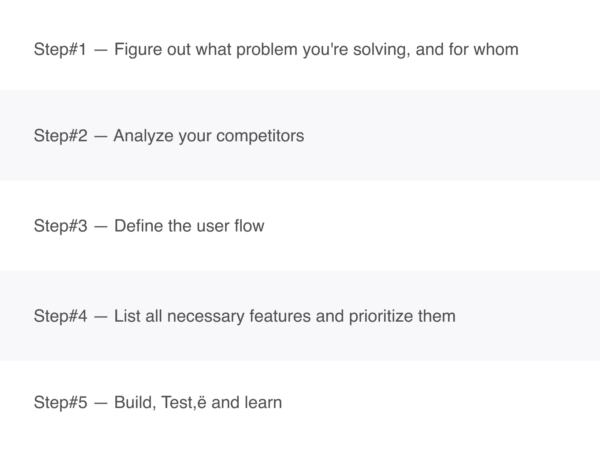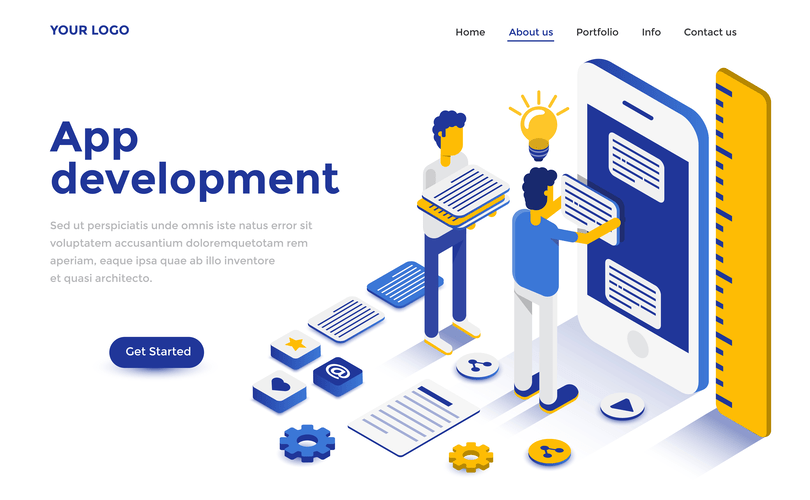A consistent, systemic and integrated approach to risk management can help determine how best to identify, manage and mitigate significant risks. As a refresher, a risk matrix is a tool that safety professionals use to assess the various risks of workplace hazards. EHS workers assess risks by evaluating the severity of a potential hazard, as well as the probability that it will occur. In the following blog article, we break down the three most popular sizes of a risk matrix — 3×3, 4×4, and 5×5 — and reveal the pros and cons of each. You’ll also learn about tools to leverage to continuously improve your risk assessments.

As you can see, the Risk Severity is different depending on the perspective from which it’s being measured. You could quantify the ordinal scale using percentages, time or cost overruns. When the Risk Severity is high, it means that the potential harm is also high, and, as a result, more attention and resources should be devoted to managing that Risk.
What is Risk Level
In practice, the risk matrix is a useful approach where either the probability or the harm severity cannot be estimated with accuracy and precision. Of the three matrix sizes, the 5×5 format allows EHS professionals to conduct risk assessments with risk levels definitions the most detail and clarity. Risk Severity is often taken into account when you are performing risk management. Whether dealing with small or big risks, it is essential to know the Severity of each to create an effective Risk management strategy.

In the case of an incident or event that has already taken place, the likelihood of the event will be “certain”. For all other planned and forecasted events or for general assessments of risk, our analysts will determine the likelihood that the risk or hazard manifests from the table below. Risk mitigation refers to the process of planning and developing methods and options to reduce threats to project objectives. A project team might implement risk mitigation strategies to identify, monitor and evaluate risks and consequences inherent to completing a specific project, such as new product creation. Risk mitigation also includes the actions put into place to deal with issues and effects of those issues regarding a project. Risk is the lack of certainty about the outcome of making a particular choice.
Describing the Risk Severity with the Ordinal Scale
Knowing both, you can create a Risk Matrix and calculate a Risk Magnitude (Risk Likelihood x Risk Impact). Our analysts will first assess the impact of an event or incident, or in the case of a planned or forecast event, the potential impact. Analysts will consider the actual or potential impact on travel (mobility), the physical safety of people and, to a lesser extent, damage to infrastructure and assets.
- In addition, with a 3×3 matrix, there are only three categories of risks — low, medium and high.
- Create a smarter security framework to manage the full threat lifecycle.
- After identifying steps to mitigate the risk, safety software can even help you take your assessment a step further by allowing you to calculate the hazard’s residual risk after controls are set.
- Whether dealing with small or big risks, it is essential to know the Severity of each to create an effective Risk management strategy.
- Knowing both, you can create a Risk Matrix and calculate a Risk Magnitude (Risk Likelihood x Risk Impact).
Risks pose real-time threats, and you have to be able to make informed decisions to mitigate them quickly. Trying to manage assessments using paper and spreadsheets is unwieldy and limits participation. Using safety management https://www.globalcloudteam.com/ software (like Vector EHS!), you can continually update and easily modify your risk matrix to meet your specific operational needs. On the other hand, because the 3×3 matrix has a basic design it’s open to errors.
Data Risk Classification Examples
The eRISK module of the ECLIPSE Suite can be used to track Risk Severity. It’s a web-based application that offers a secure and collaborative environment to manage projects. The eRISK module lets you create a Risk Register where you can track the Risks of your project. You can assign each Risk a severity level and track the Risk Severity over time.
Acute myeloid leukemia with FLT3 mutation: Definition and effects – Medical News Today
Acute myeloid leukemia with FLT3 mutation: Definition and effects.
Posted: Wed, 11 Oct 2023 09:09:46 GMT [source]
Conversely, when the Risk Severity is low, the potential harm is also considered low, and less attention may be needed to manage it. Better manage your risks, compliance and governance by teaming with our security consultants. Avoidance is a method for mitigating risk by not participating in activities that may negatively affect the organization. Not making an investment or starting a product line are examples of such activities as they avoid the risk of loss.
Classification Examples for High Risk Applications
Repeating and continually monitoring the processes can help assure maximum coverage of known and unknown risks. Risk analysis involves establishing the probability that a risk event might occur and the potential outcome of each event. Risk evaluation compares the magnitude of each risk and ranks them according to prominence and consequence. By using a web-based matrix and assessment tool, it also becomes easier to share them across your organization’s locations. In addition to understanding risk classifications, for Moderate and High Risk Data, be sure to take all necessary steps to protect sensitive data at Stanford. The goal of this document is to ensure consistency, coherence between security documents which measure risk, impact or scores security controls.
You can roll-up the data to get a global perspective or zero in on a single facility or department, examining each and every significant hazard along with identified controls. As a general rule, networked systems that process regulated data (e.g. HIPAA, FERPA, FISMA, ITAR, PCI-DSS etc.) are considered high-risk systems. This is because the likelihood of compromise is (at a minimum) possible, while the impact (due to regulatory or industry standard violation) is considered a severe loss of confidentiality. The following scores are intended to provide a grade for a particular objective. The scores map back to the standard risk level definitions so that automatic risk mapping can be performed if necessary. Scores are useful to grade security prevention & detection controls implementation, fleet coverage, etc.
EHS Management Software
With this, calculating the Risk Severity will differ for each aspect of the project. Create a smarter security framework to manage the full threat lifecycle. Simplify how you manage risk and regulatory compliance with a unified GRC platform fueled by AI and all your data. When risks are shared, the possibility of loss is transferred from the individual to the group.
These scoring levels are also used, for example, on the Mozilla Observatory. Communicating the risk of not knowing is challenging and prone to failure, in particular when once data has been gathered, the risk appears to in fact be low. This concept is also known as “trust, but verify” – i.e. unknown does not distrust (by assign it a higher risk) the service, user, etc. by default. Knowing the Risk Severity will help you take appropriate actions for Risk Mitigation. Understanding the Risk Severity helps identify the losses you could experience if the Risk materialises.
Classification Examples for High Risk Information
At the broadest level, risk management is a system of people, processes and technology that enables an organization to establish objectives in line with values and risks. The company or organization then would calculate what levels of risk they can take with different events. This would be done by weighing the risk of an event occurring against the cost to implement safety and the benefit gained from it. Risk management software also allows you to get a clear picture of risks throughout your organization.

Bir cevap yazın